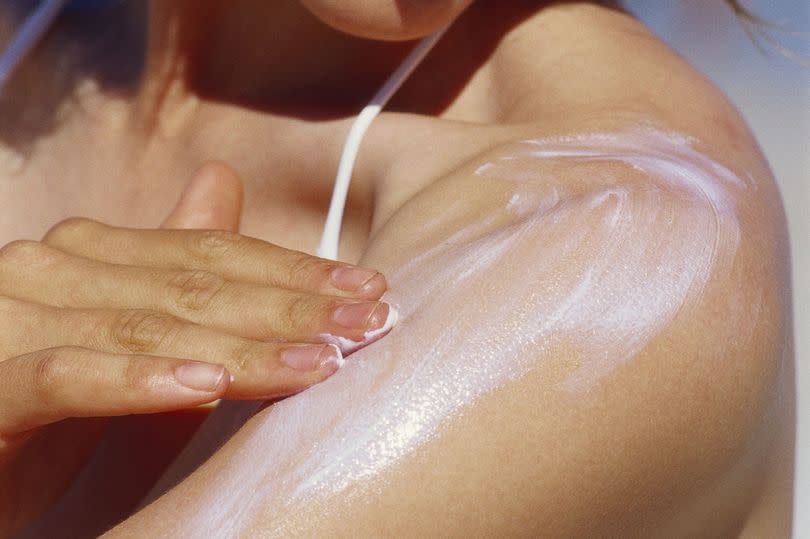Experts warn of dangerous sunscreen 'mistake' made by two-thirds of Brits

With summer holiday season on the horizon, it's time to snap up those travel essentials - and if you're heading on a sun-soaked getaway, number one on your list should be plenty of good sunscreen.
However, according to consumer experts at Which?, many of us are making mistakes when it comes to buying and applying our sun protection. This means that not only could you be wasting time and money, but also leaving yourself vulnerable to painful sunburn and the long-term risks associated with it, including skin cancer.
Which? have rounded up a list of common sunscreen mistakes - and the number one error is failing to apply enough to keep you safe in the sun, with the World Health Organisation (WHO) recommending one teaspoon-sized dollop per limb or body part. It's equally important to reapply regularly, particularly after swimming and other sporting activities - however, a survey carried out in 2020 by Cancer Research UK found that little more than a third (37%) of people reapply their sun cream throughout the day.
Some sunscreens are advertised as being "once-a-day" or "water-resistant" - but Which? warns that tests have shown even these types still need to be reapplied. Tests carried out on once-a-day sunscreens indicated that their Sun Protection Factor (SPF) level fell by 74% after six to eight hours of wear, while water resistant sunscreens were made less effective by salt or chlorinated water, such as the sea or swimming pools.
The SPF number of a sun cream tells you how long the sun's UV radiation would take to redden your skin when using the product (exactly as directed) versus the amount of time without any sunscreen. This means with SPF 30, it would take you 30 times longer to burn than if you weren't wearing sunscreen, according to the Skin Cancer Foundation.
However, Which? warns against a high SPF number lulling you into a "false sense of security" - even if you use a high factor sunscreen, it's still important to reapply throughout the day. The NHS recommends using cream with an SPF of at least 30, with a UVA protection of at least four stars.
While you're checking the bottle for its SPF and UVA ratings, there's another important number to look out for, particularly if you're digging last year's sunscreen out from the back of the bathroom cabinet. Check for an illustration of a circular pot with an open lid on the back of the bottle, which should have a number followed by the letter M next to it.
This is the expiry date of your sunscreen - so 6M means it will last for six months after it has been opened, 12M for 12 months, and so on. While you may not think of sun cream as something that can expire, the active ingredients can degrade over time, meaning it will be less effective at protecting you from the sun, so it's best to get a new bottle if yours has been sitting around half-used for longer than the number of months stated.
Other common mistakes include missing common sunburn hotspots, such as the lips and behind the knees, and failing to use additional sun protection such as hats and sunglasses. You can read the full list of sunscreen advice from Which? here.

 Yahoo News
Yahoo News 
